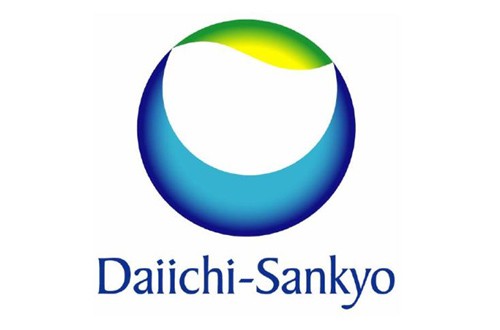 Daiichi Sankyo’s Savaysa has become the fourth novel oral anticoagulant (NOAC) to be approved in the US, more than three years after making its debut in Japan.
Daiichi Sankyo’s Savaysa has become the fourth novel oral anticoagulant (NOAC) to be approved in the US, more than three years after making its debut in Japan.
Savaysa (edoxaban) – a Factor Xa inhibitor – has been cleared by the FDA to reduce the risk of stroke and dangerous blood clots in patients with atrial fibrillation that is not caused by a heart valve problem, as well as for deep vein thrombosis (DVT) and pulmonary embolism (PE).
Daiichi Sankyo’s drug has been on the market as Lixiana in Japan since 2011 and was filed for approval in both the US and Europe last year as part of the company’s ongoing strategy to boost its international sales presence.
It arrives on the US market as competition to the ‘big three’ NOACs, namely Boehringer Ingelheim’s direct thrombin inhibitor Pradaxa (dabigatran) and rival Factor Xa inhibitors Johnson & Johnson/Bayer’s Xarelto (rivaroxaban) and Bristol-Myers Squibb/Pfizer’s Eliquis (apixaban).
All of the competing NOACs have been on the US market for several years and have made considerable headway in the anticoagulant setting, thanks to safety and ease-of-use advantages over older drugs such as warfarin.
Commenting on Savaysa’s approval, Norman Stockbridge, director of the division of cardiovascular and renal products at the FDA, said: “It is important to have a variety of these types of drugs available as options for patients.”
Edoxaban’s filing in the US and Europe followed the completion of the 21,000-patient ENGAGE AF-TIMI 48 trial, which showed the drug was able to prevent strokes and blood clots in patients with AF equally as well as warfarin, but with fewer bleeding complications.
Savaysa has been approved with a boxed warning that it is less effective in AF patients with a creatinine clearance greater than 95 millilitres per minute, which indicates normal renal function, compared to those with renal impairment.
A sizeable proportion of edoxaban is excreted through the kidneys, so in patients who renal system is working well there could be a risk of under-treatment. The FDA notes that patients with creatinine clearance greater than 95 millilitres per minute treated with Daiichi Sankyo’s drug actually have an increased risk of stroke compared to similar patients given warfarin.
Given its late entry into the market Savayso is expected to have a tough time taking on the established NOAC brands, particularly as two of them – Pradaxa and Eliquis – have superiority claims versus warfarin while the ENGAGE trial only showed non-inferiority against the comparator drug.
Nevertheless, some analysts have predicted it will benefit from the transition of anticoagulation from warfarin to NOACs and could generate significant sales from the US and European markets.
Daiichi Sankyo said at its last R&D update that it has also filed edoxaban in Switzerland, Brazil, Taiwan and South Korea and has additional safety studies ongoing in patients with AF undergoing electrical cardioversion and after angioplasty/stenting.
The company is also developing multiple reversal agents that can be used as antidotes if the drug causes bleeding complications.




